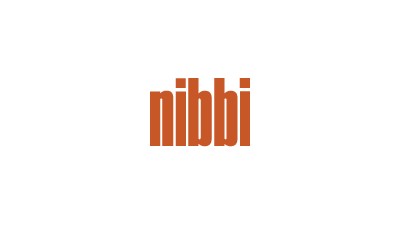Rehabilitating The Nation’s Public Housing Is RAD

The U.S. loses 10,000 units of low-income housing each year to disrepair, exacerbating an already dire affordable housing crisis. In a 2010 study prepared by the U.S. Department of Housing and Urban Development, the capital needed to maintain the nation's 1.2 million public housing units was estimated at approximately $26B, a figure projected to grow by an additional $3.4B each year.
In response to this growing crisis, Congress enacted legislation in 2012 that created the Rental Assistance Demonstration program. RAD was designed to repair and revitalize the nation’s dated public housing stock, which lacked a stable source of funding before RAD’s inception.
San Francisco-based Nibbi Brothers General Contractors is rehabilitating over a thousand units under the RAD program for Mercy Housing, Related California, John Stewart Co., Kokoro Assisted Living and Tabernacle Community Development Corp.
“Although challenging work, it’s proving ultimately rewarding for all involved,” said Nibbi Project Manager Nick Castillo, who is managing two RAD projects for Nibbi.

RAD allows housing agencies to convert public housing units to project-based Section 8 contracts managed by private housing organizations. Section 8 authorizes payment of rental housing assistance to private landlords, mostly through the Housing Choice Voucher program. Combining these public and private funds provides a more reliable source of capital for essential improvements to the housing for approximately 5 million low-income households.
Mercy Housing Resident Services Manager Linda Buckley said it was essential to establish trust with tenants before construction.
“Tenants needed to trust us and know that afterwards everything would be better,” Buckley said.
That meant engaging with tenants long before construction, by hosting breakfasts, community meetings and other relationship-building activities.
The Mercy Housing rehabilitation efforts required phases of temporary relocation of tenants, many of whom had lived in their homes for over 20 years. Bank of America provided the additional funding necessary for temporarily housing tenants in hotels.
Various unforeseen building issues surfaced during initial construction phases, threatening the overall project schedule. Mercy Housing Construction Project Manager Nick Quaglia said Nibbi’s ability to learn quickly and compress the remaining schedule was admirable.
The new building managers also found creative ways to ease transitions for the tenants. When power was shut down for upgrades, building managers took tenants to visit a local aquarium.

“Off-site trips were organized during high-noise days,” Buckley said. “When there were water or power shutdowns, we would provide tenants with lunches. Nibbi personnel were great about giving 10-day forecasts so they could plan accordingly.”
Nibbi also fulfilled special tenant requests, like installing a window screen to keep a dog safe, rewiring an original light fixture and wall mounting a TV.
“The smallest things can really make a positive impact, which makes us happy,” Nibbi Superintendent Brian Burke said.
According to Buckley, the pre-rehabilitation Mercy Housing buildings suffered from major defects, but tenants were skeptical about the improvement process. Now, the revitalized units, community rooms and gardens have positively impacted the community.
“Our community is stabilized,” Buckley said. “I see where it has worked here.”
Buckley is hopeful RAD’s success in saving San Francisco’s affordable housing stock will be replicated across the U.S.
To learn more about this Bisnow content sponsor, click here.

